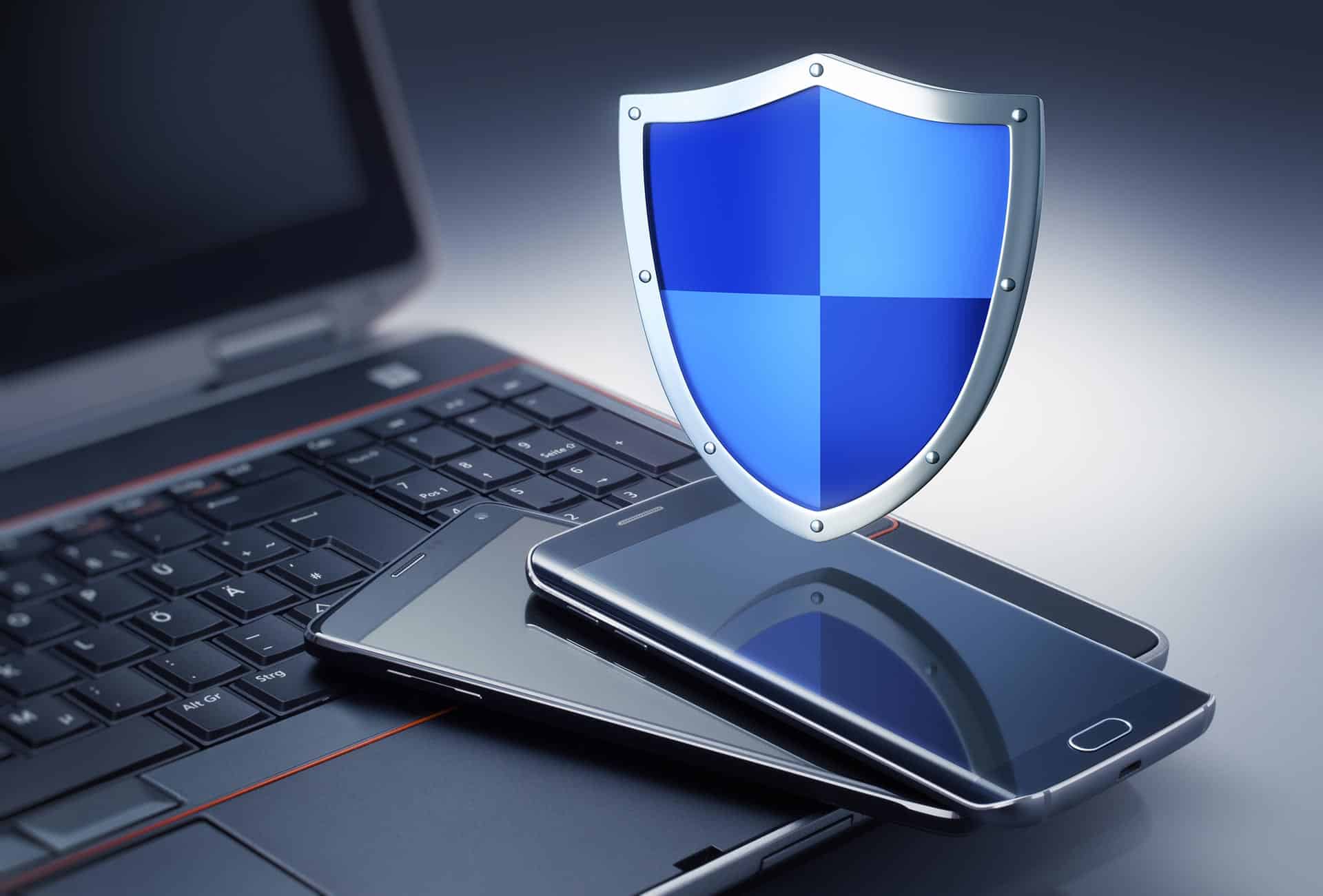
Security is both an online and physical concern, even for mobile devices. More and more employees have laptops, tablets, and phones for their business tasks, and this is even truer for small businesses. If you’re worried about how secure your company’s devices are, here’s how to cover both angles.
What’s the physical threat to mobile devices’ security?
Phones get stolen. They also get lost. No matter how vigilant your employees you are, eventually a phone or tablet will go missing; up to 95% of security attacks are through stolen mobile devices or proximity-based phishing, which makes the devices themselves the weakest point in any defense. This means you have to protect more than your business’s network: you have to protect what’s tapping into the network, too.
How can you protect your data from physical break-ins?
One option is to use a mobile device as a connection point only. Keep all of your files in a cloud that doesn’t require any downloading. Additionally, make sure all work is done through online portals. If your employees can comfortably get their work done through a browser or a protected app without turning to local storage or offline programs, then there’s nothing on the phone to steal.
Another option is to use security as a service program. Using sign-in systems that use devices in tandem makes a single stolen device useless. You can also use programs that allow you to remotely wipe lost devices once they’ve been reported. Thus, any cookies, caches, and data are out-of-reach.
Physical security of technology used to be easier when you had a single office with a privately owned server and desktop computers.
Mobile devices and working on the go are all but required to keep up with your competitors. So go to Bluwater Technologies to get started on closing gaps in your security.







No comment yet, add your voice below!